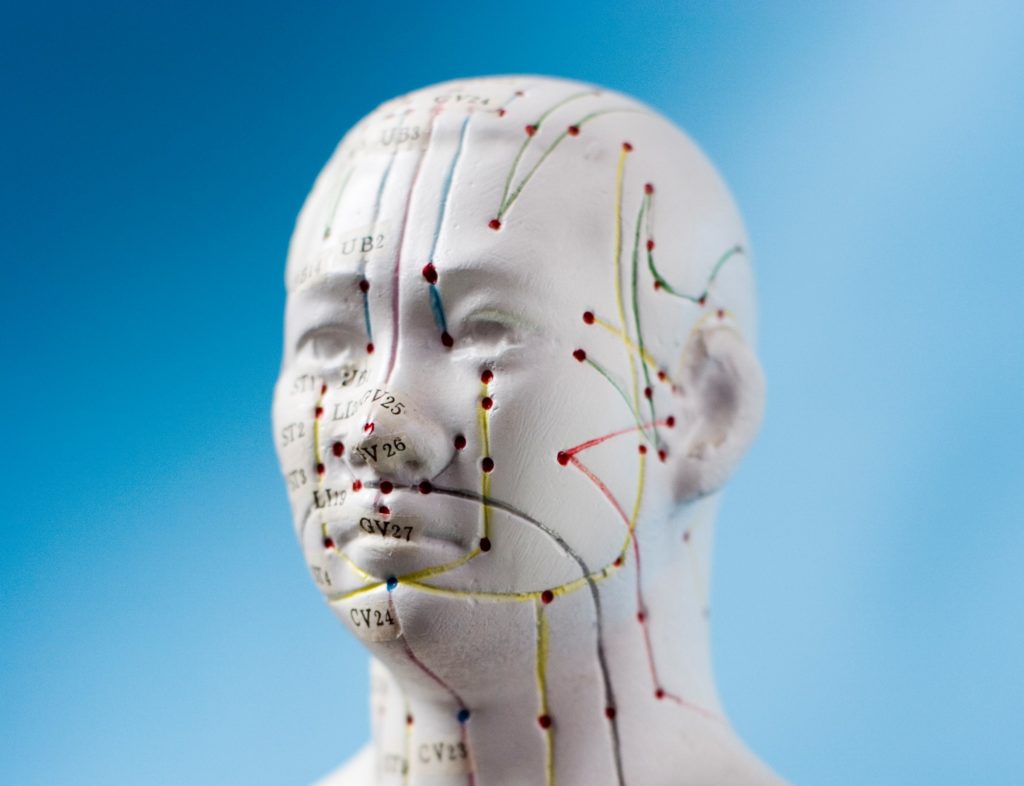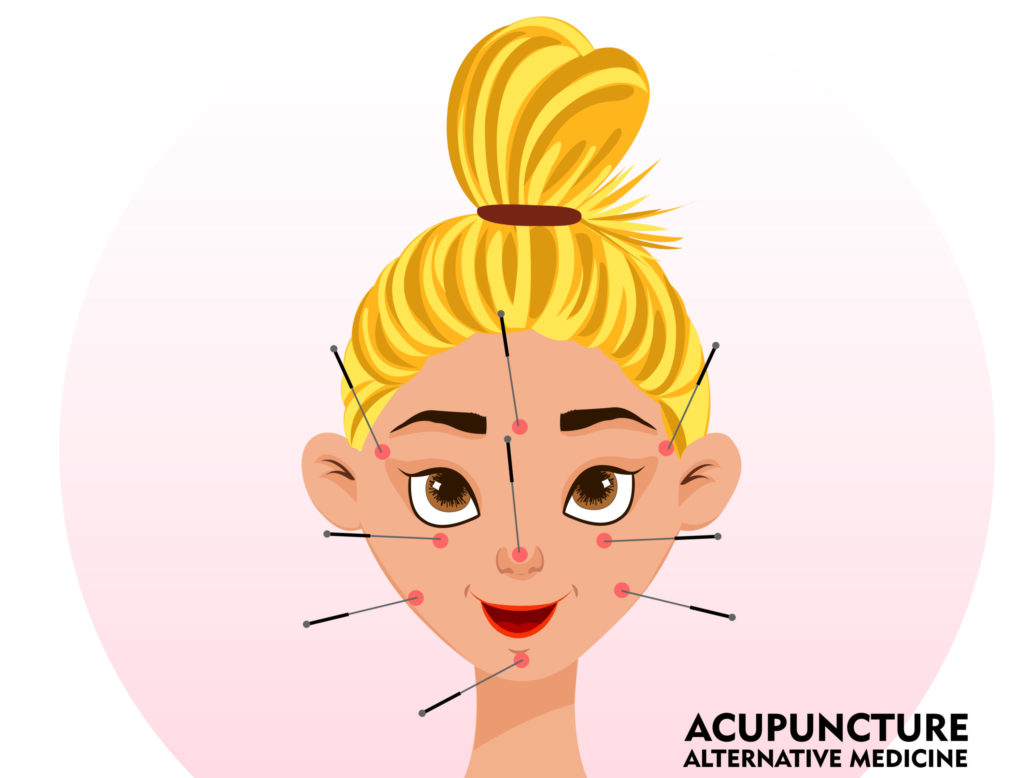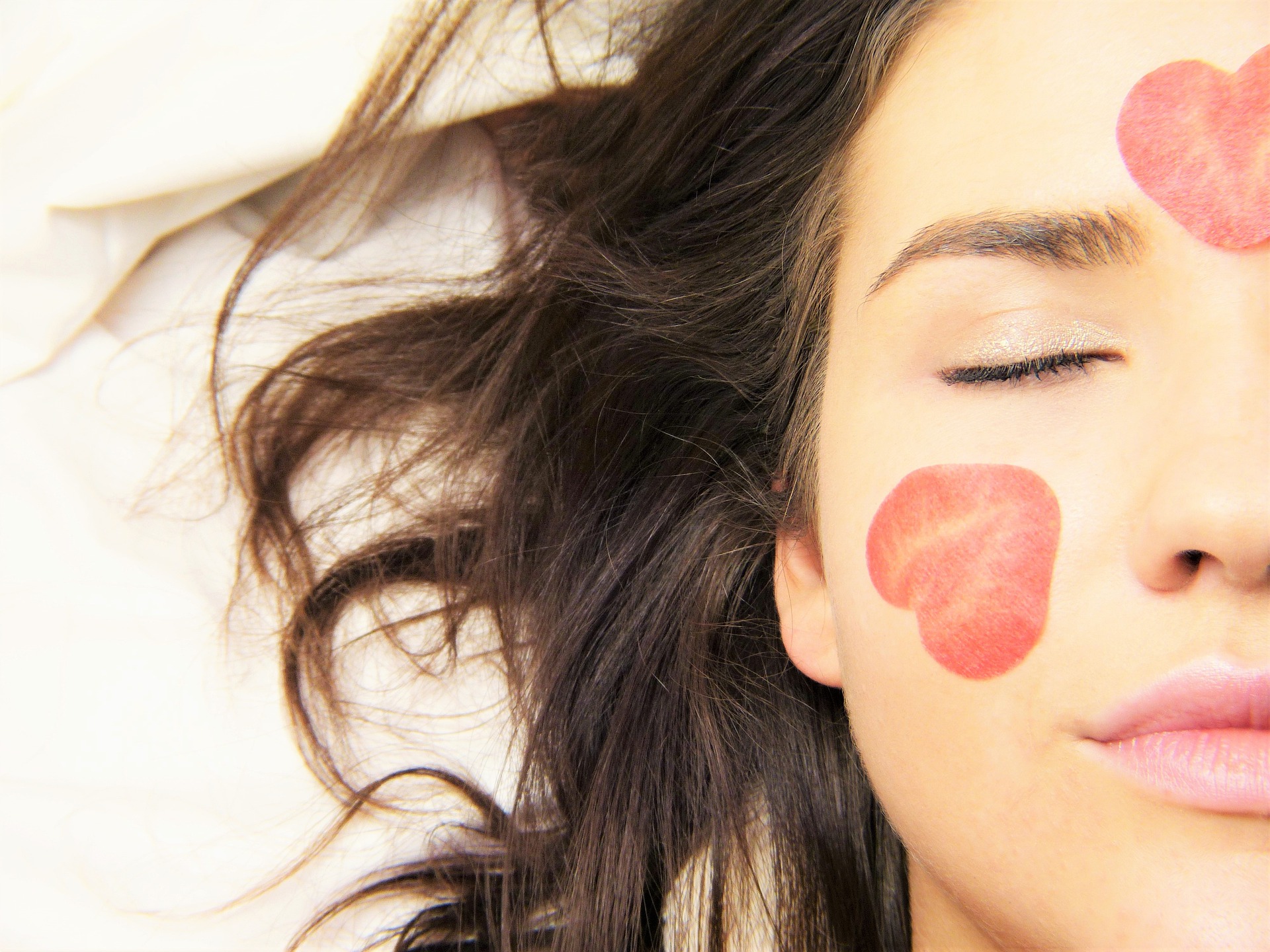Table of Contents
Treat Bell’s Palsy and Facial Paralysis with Acupuncture
Waking up to find that half of your face isn’t responding can be a distressing experience. Bell’s Palsy is a condition where part of the face becomes paralyzed. A visit to your family doctor typically confirms the diagnosis of Bell’s Palsy or facial paralysis.
Medical treatment usually involves a short course of steroids. While some recover within a month or two, others may take up to six months to heal. Without adequate treatment, full recovery may not always occur.
Reclaim your well-being with acupuncture—book your appointment now at Acupuncture Edmonton and feel the difference.
Should I Worry About Bell’s Palsy?
Although Bell’s Palsy is not life-threatening, it can be highly uncomfortable, especially in the early stages. Symptoms may include:
- Pain in the face or around the ear
- Dryness in the eyes
- Unusual sensations in the face, ear, or neck
For many people, the aesthetic impact is the most challenging part of the condition. Showing up at work or school with partial facial paralysis can feel embarrassing and unpleasant.
The good news is that acupuncture, particularly the Balance Method of Acupuncture, can significantly accelerate healing. Most patients notice improvement after the first treatment.

Why Use Balance Method Acupuncture for Bell’s Palsy?
Speed
Bell’s Palsy often resolves naturally, but it is a condition that can be uncomfortable and affects physical, mental, and emotional well-being. Balance Method Acupuncture accelerates the healing process and significantly reduces recovery time.
Complete Healing
Acupuncture can also ensure a complete recovery. Slow healing may leave part of the face paralyzed without proper treatment, making certain facial expressions difficult or impossible.
Distal Treatment
Balance Method Acupuncture treats the face with distal points in the hands and legs. This approach often yields faster results than local acupuncture. Additionally, distal acupuncture is especially beneficial in the early stages of Bell’s Palsy, when the face and nerves are inflamed and painful. Inserting needles directly into the affected area during this time can be unpleasant and may worsen the condition if not done correctly.
Electro-Acupuncture for Bell’s Palsy
If the face has not fully healed after the initial inflammation subsides, electro-acupuncture can be used. In this method, the acupuncturist combines distal acupuncture with local treatment by placing needles on the face and connecting them to low-voltage electrical pulses.
The electrical stimulation targets specific acupuncture points, promoting healing by activating the facial nerves and muscles. These pulses cause slight, involuntary facial movements, helping to restore nerve and muscle function. The process is almost painless and highly effective.

Treating the Root Cause of Bell’s Palsy
In Chinese Medicine, facial paralysis, including Bell’s Palsy, is often linked to underlying weaknesses in the body. The two most common causes are:
- External wind-cold: Similar to a viral invasion.
- Internal wind in the liver can lead to conditions such as migraines, vertigo, or high blood pressure.
Addressing the root cause is essential, particularly in complex cases, to expedite recovery and prevent recurrence. Chinese Herbal Therapy plays a vital role in supporting the treatment of facial paralysis.
When to Treat Bell’s Palsy With Acupuncture
Starting acupuncture treatment for facial paralysis as early as possible leads to better outcomes. During the initial sessions, needles are placed away from the face to avoid aggravating inflammation and pain. Once these symptoms subside, electro-acupuncture can be introduced to stimulate healing.
For those who come for treatment years after an incomplete recovery from Bell’s Palsy, progress may take longer compared to recent cases. However, consistent treatment can often achieve good results, even in chronic conditions.
Massage and Exercises for Bell’s Palsy
Self-massage is a helpful tool for speeding up recovery from facial paralysis. The following steps are recommended:
- Start gently: Begin with light and slow movements to warm up the muscle
- Increase intensity: Gradually apply deeper pressure until the skin becomes red.
- Relaxation: End with slower movements and lay your warm hand on your face for a few seconds to promote relaxation.
For best results, massage in outward motions, such as from the nose to the ear or the mouth to the jaw. Circular movements also help stimulate the muscles.
Additionally, your acupuncturist may recommend exercises to support recovery. Simple activities, such as chewing gum, can engage the facial muscles and promote healing.



